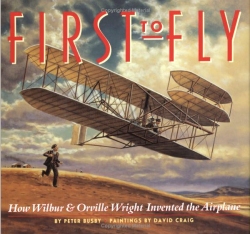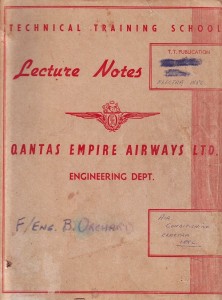More books to read…
Orville and Wilbur Wright were genuine engineering heroes. Despite their relatively humble beginnings, these men were the first to ever to build – and then successfully fly – a powered aircraft.
I’ve often read descriptions of their brilliance that damns them with faint praise: they were ‘just bicycle mechanics’, their work built heavily on the efforts of others, and so on.
In fact, they were simply brilliant engineers, with an astounding work ethic and the ability to both physically make things and also theorise about outcomes.
Unless you think I overstate the brothers’ abilities, consider these points… They built their own wind tunnel and tested in it almost 200 wing sections; they built an internal combustion engine with the then best power/weight ratio of any engine in the world; they made every part of their own aircraft – from that engine through to propellers to wing and control systems; they developed the concept of an aircraft banking into turns – and a lot more.
- » Continue reading or Comments (4)

 Julian Edgar, 50, has been writing about car modification and automotive technology for nearly 25 years. He has owned cars with two, three, four, five, six and eight cylinders; single turbo, twin turbo, supercharged, diesel and hybrid electric drivelines. He lists his transport interests as turbocharging, aerodynamics, suspension design and human-powered vehicles.
Julian Edgar, 50, has been writing about car modification and automotive technology for nearly 25 years. He has owned cars with two, three, four, five, six and eight cylinders; single turbo, twin turbo, supercharged, diesel and hybrid electric drivelines. He lists his transport interests as turbocharging, aerodynamics, suspension design and human-powered vehicles.



